
I’d love to live in a world where the great commercial artists of the past—the visionary men and women who could easily have been heralded “fine” artists if they weren’t jobbers—were household names, while blandly inoffensive pop singers had to hold yard sales to make rent. But it ain’t so and surely never will be. Today’s case in point is that great painter of otherworldly pulp sci-fi covers, Richard M. Powers.
Trained in Chicago, Powers became a force in the publishing industry in the ‘50s and ‘60s, working for houses like Ballantine and Doubleday, and bringing an incredible stylistic versatility to his work—his work in the horror genre could be a whole separate post, and you’d not likely know just by looking that they were by the same artist who executed the works you see here. His early covers were of a type with much mid-century pulp fiction art, but as the ‘50s progressed, he began a move towards a signature style derived from surrealism. Less the sort of an-ordinary-object-is-doing-something-weird surrealism associated with Magritte or Dalí, more the timeless, placeless, deathless dreamscapes of Gorky, Matta or Tanguy, set as much in outer space as inner. By the mid to late 1960s, that style harmonized rather nicely with the psychedelic art that was spreading from music culture to, well, everything.
The best bio I’ve found for Powers is by film writer C. Jerry Kutner, on an Earthlink site that looks like it could almost date back to Powers’ 1996 death:
Powers became the virtual art director of Ballantine’s science fiction line, creating not only the cover illustrations (front, back, and occasionally wraparound), but the entire design of the books including positioning of the title and other text, selecting and coloring the typefaces, and sometimes even handpainting the lettering. Ballantine gave Powers the freedom to experiment endlessly. The more he got away with, the further he went. Reach For Tomorrow is a striking early experiment. The subject matter is a city on an alien planet. Or is it? The shapes of the city, alternately rounded and spiky, resemble blobs of clay or melted wax more than they do any realistic architectural construction. The city rests in the middle of a silent desert, closer in look and feel to the paintings of Salvador Dali and Yves Tanguy than the other SF artwork of its era. Furthermore, the format of this painting is horizontal. To view it correctly, one has to hold the book sideways!
By the late ‘50s, the world of the SF paperback had been conquered by “the Powers style.” In addition to painting more than a hundred covers for Ballantine, Powers was the artist of choice for Berkley, Dell, and numerous other SF publishers. Powers’ success encouraged other SF artists like Ed Emshwiller, Jack Gaughan, and Paul Lehr to experiment with surrealism and abstraction. Powers’ art, in turn, assimilated the styles of most of the major surrealists of this century, not only Dali and Tanguy, but Calder and De Chirico, Miro and Kandinsky, Klee and Ernst. Sometimes the homage is obvious, as on the cover of Star Wormwood, a non-fiction work in which a watercolor of a man sitting in an electric chair resembles Francis Bacon’s “Screaming Pope.”
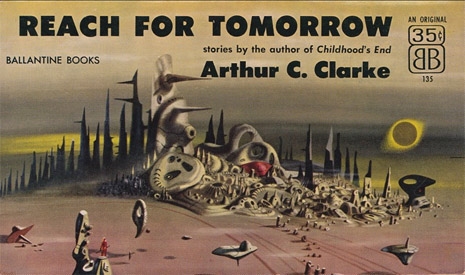
Arthur C. Clarke, Reach for Tomorrow
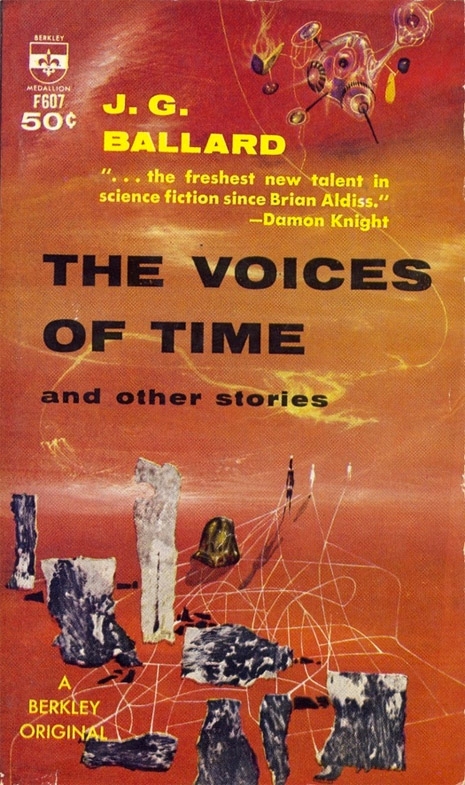
J.G. Ballard, The Voices of Time
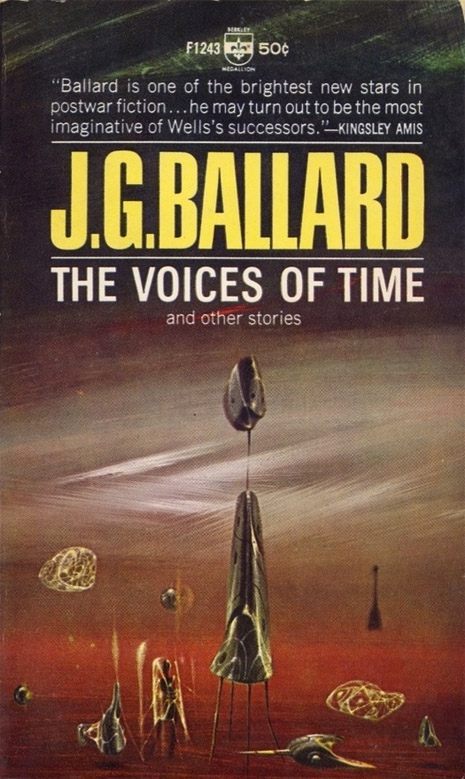
And another one, because why not.
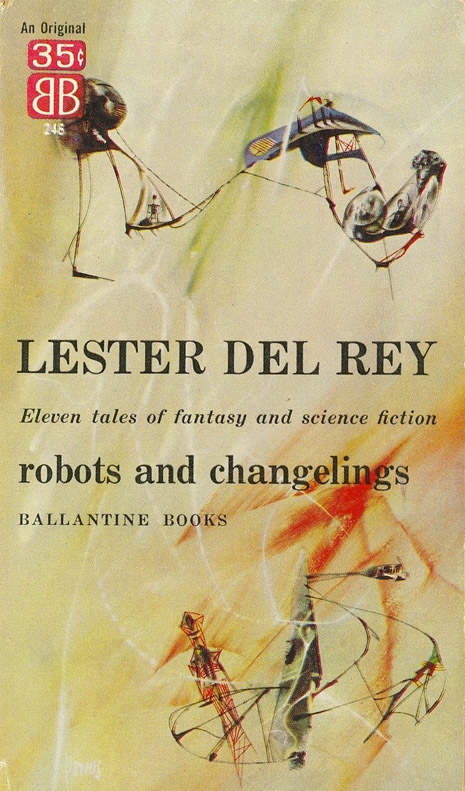
Lester Del Rey, Robots and Changelings
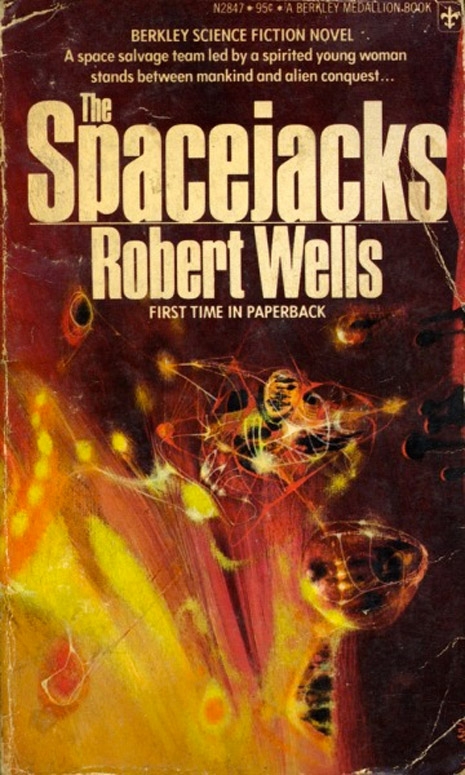
Robert Wells, The Spacejacks

William Tenn (pseudonym for Philip Klass), Of All Possible Worlds
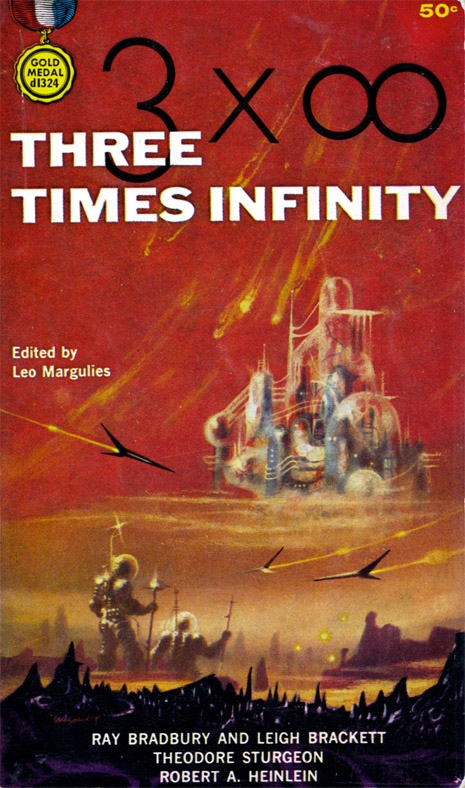
Leo Margulies, editor, Three Times Infinity
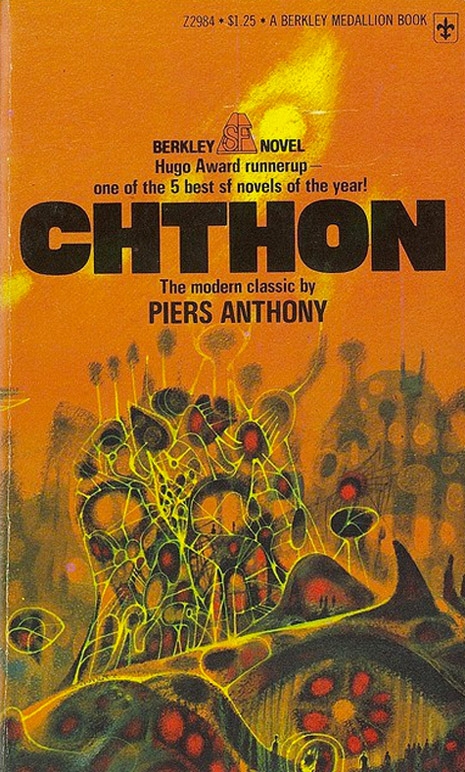
Piers Anthony, Chthon

Michael Moorcock, The Winds of Limbo
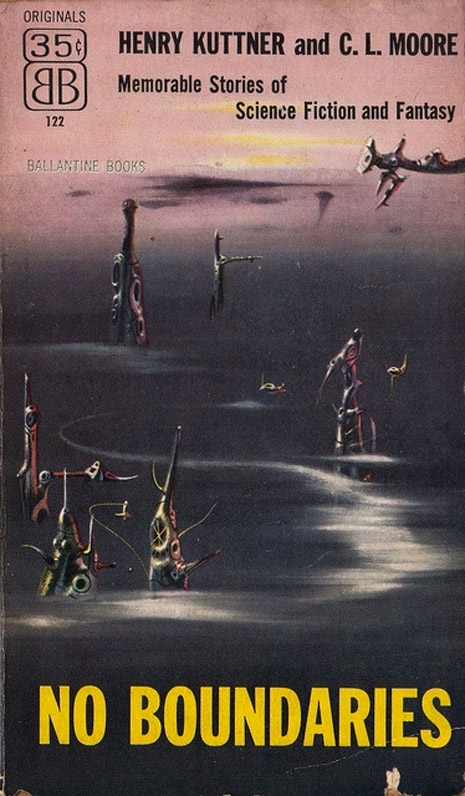
Henry Kuttner and C.L. Moore, No Boundaries

J.G. Ballard, Chronopolis

Poul Anderson, The Trouble Twisters
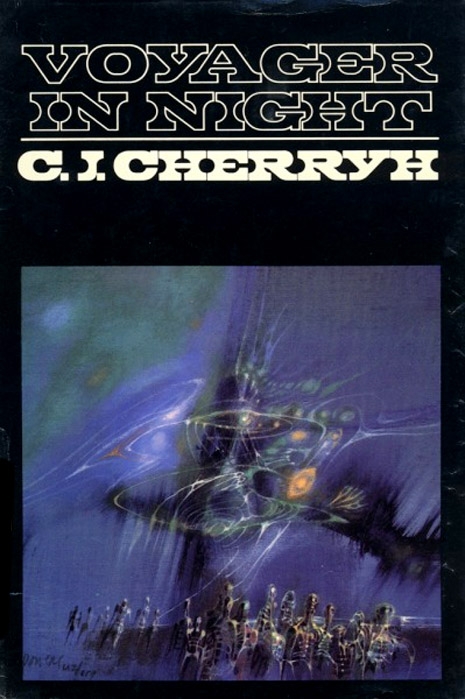
C.J. Cherryh, Voyager in Night
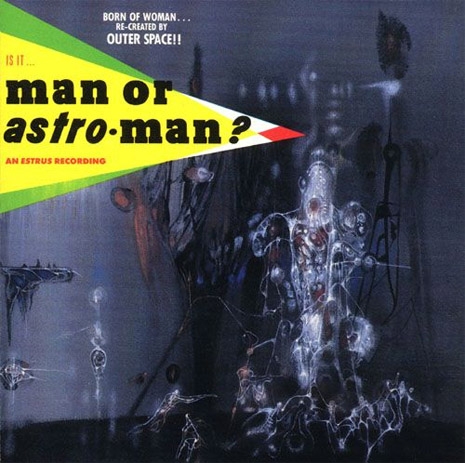
Yep, that’s a Powers painting, too.

In 2010, XTC honcho Andy Partridge released a ridiculously limited CD titled Powers, an homage to the artist, who was a formative influence on Partirdge in his youth:
Every week or so, a young Andy would go to his local library and loan out three books, sometimes the same ones, sometimes different ones. He wouldn’t read them, but instead stare intensely at the jacket illustrations and drift into these fearful future worlds, hearing unusual soundscapes and noises. In the last couple of years Andy found out that the vast majority of illustrations he liked were done by the same artist, one Richard M powers. Finally he had a name to link with his experience.
The pieces that he has recorded are an attempt to capture the sounds that played in his schoolboy head when he would stare at the cover paintings. Thus these are not songs, or even what the majority of people would call ‘music’, but are aural sculptures if you will, that are meant to marry in your head with the fluid and often frightening vistas that Powers would portray in paint.
The CDs are long gone, and there are currently ZERO copies offered for sale on Amazon, Discogs, eBay or GEMM. However, if you’ve transcended mere physical media, Partridge offers downloads of the work via his APE House record label.
Previously on Dangerous Minds
The marvelous cover art of the early Star Trek comic books
Cover versions: Worldwide covers of Jack Kerouac’s ‘On the Road’
A 6-year-old judges classic novels based on their covers
Lousy book covers